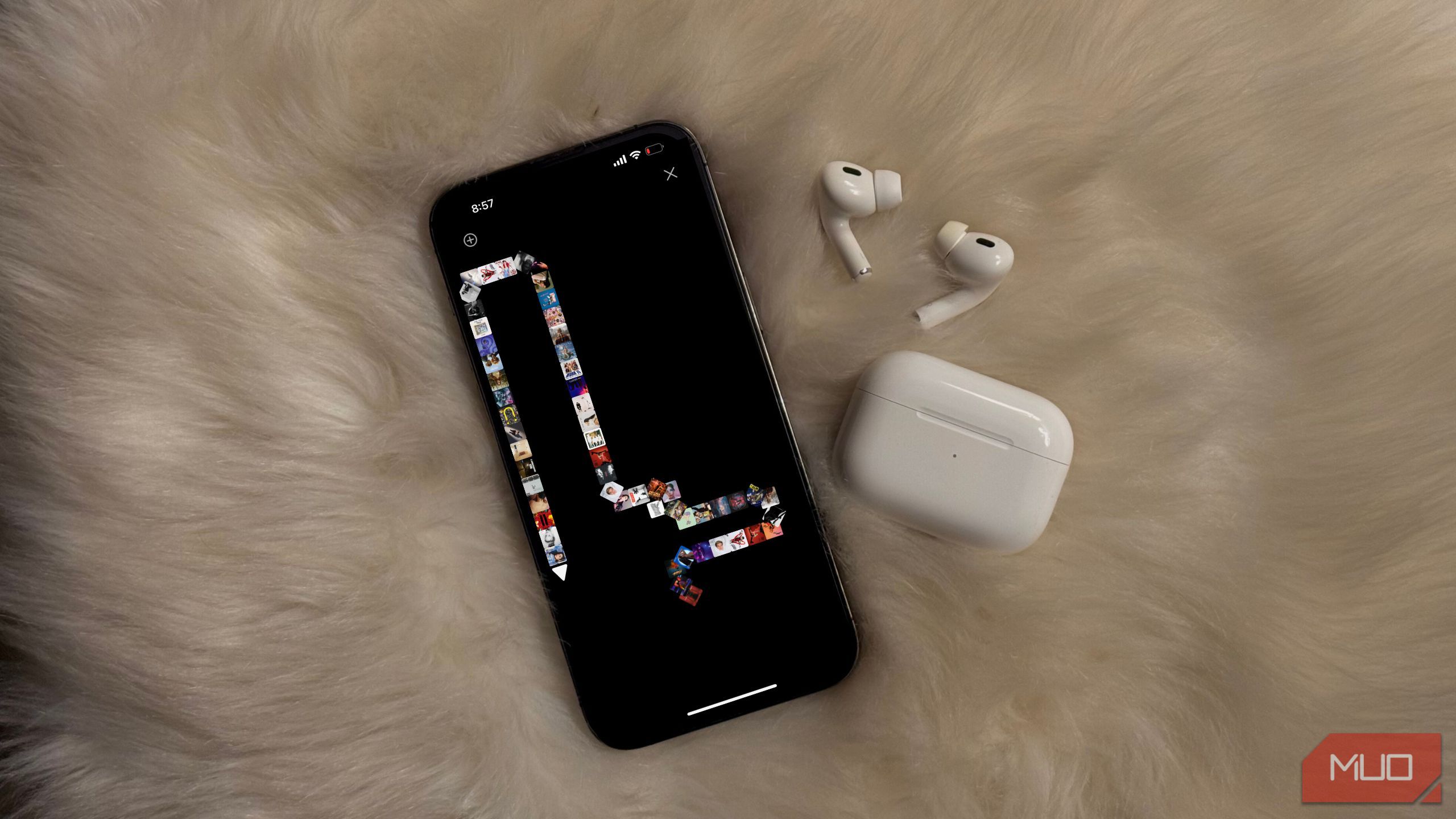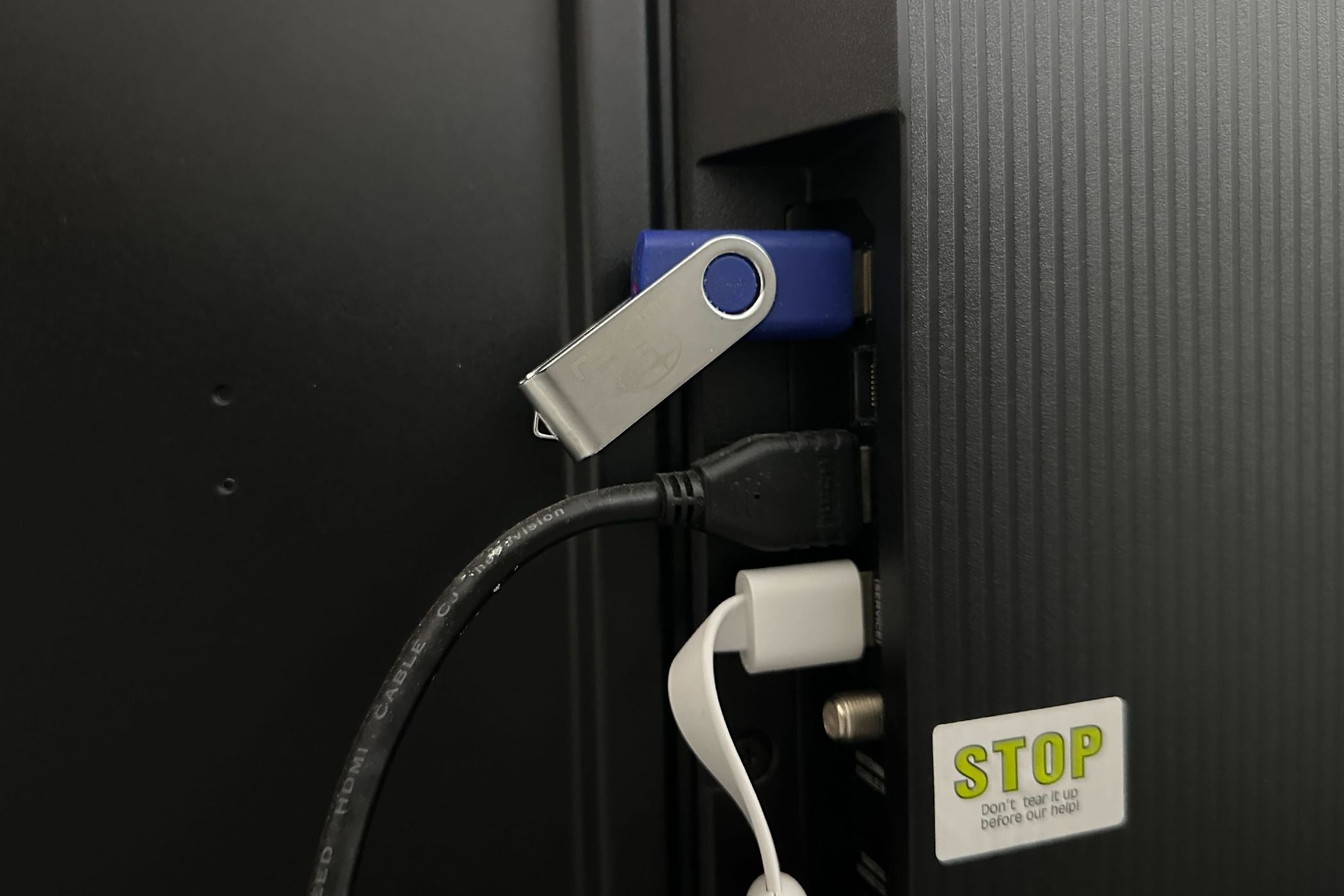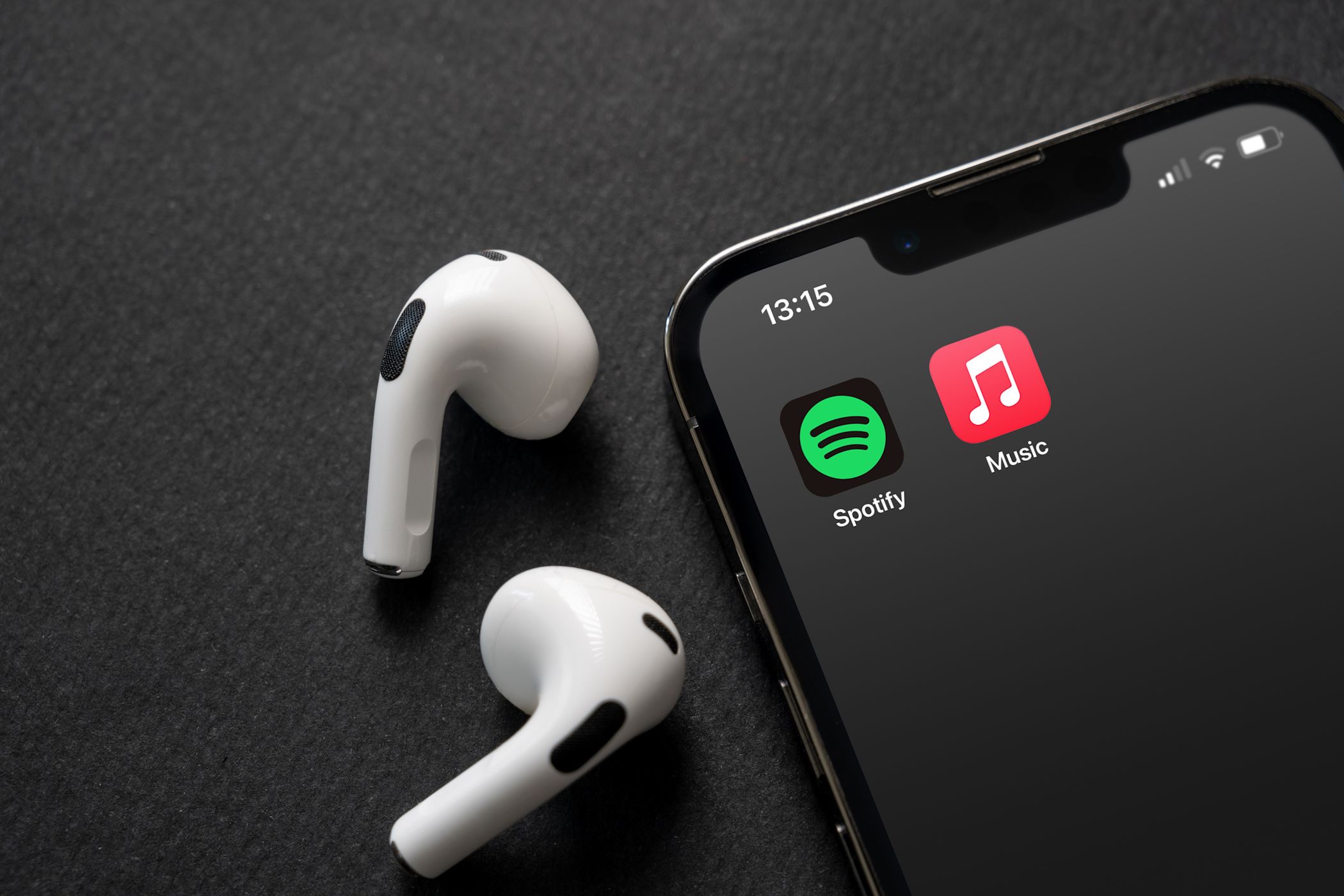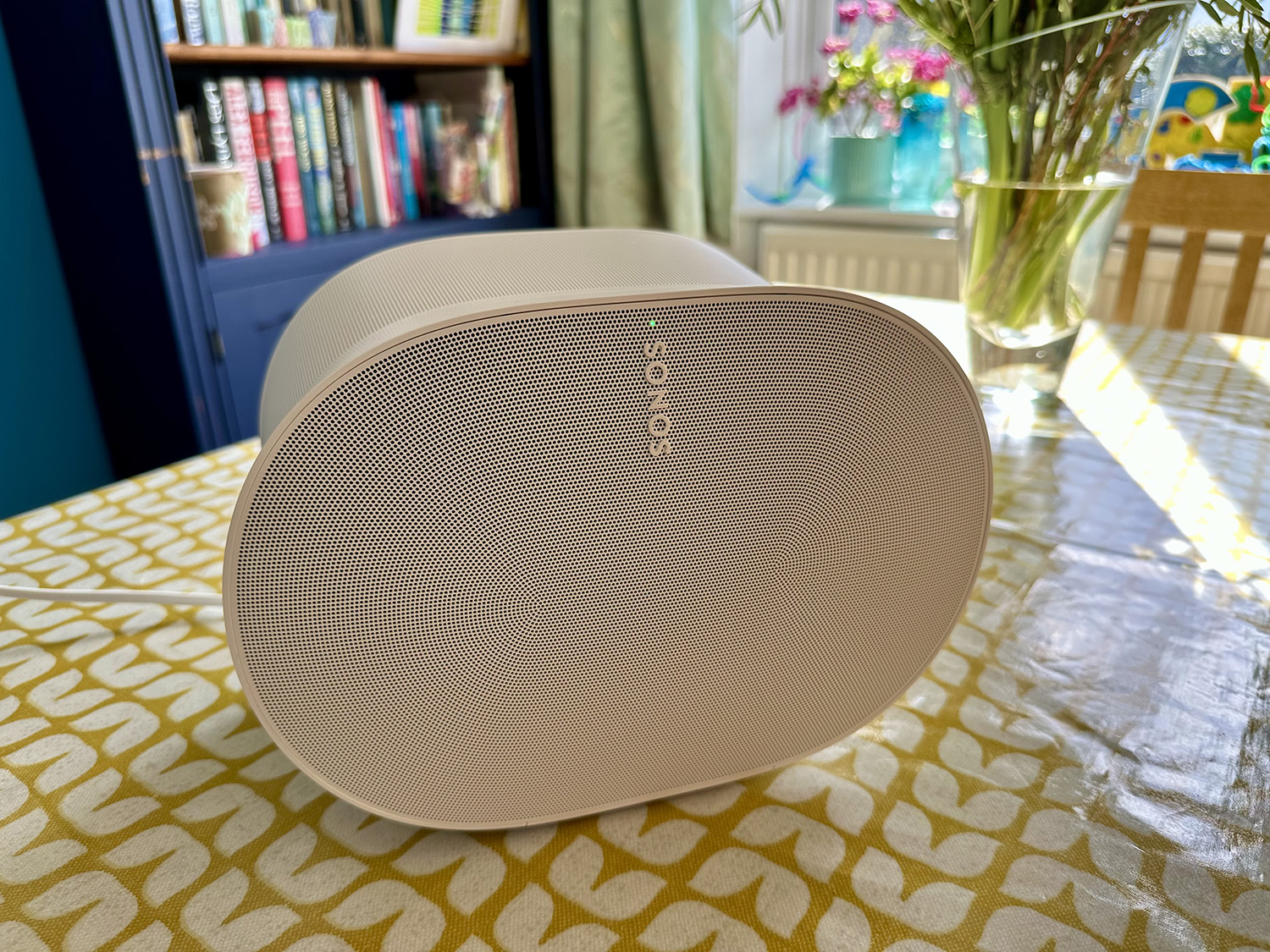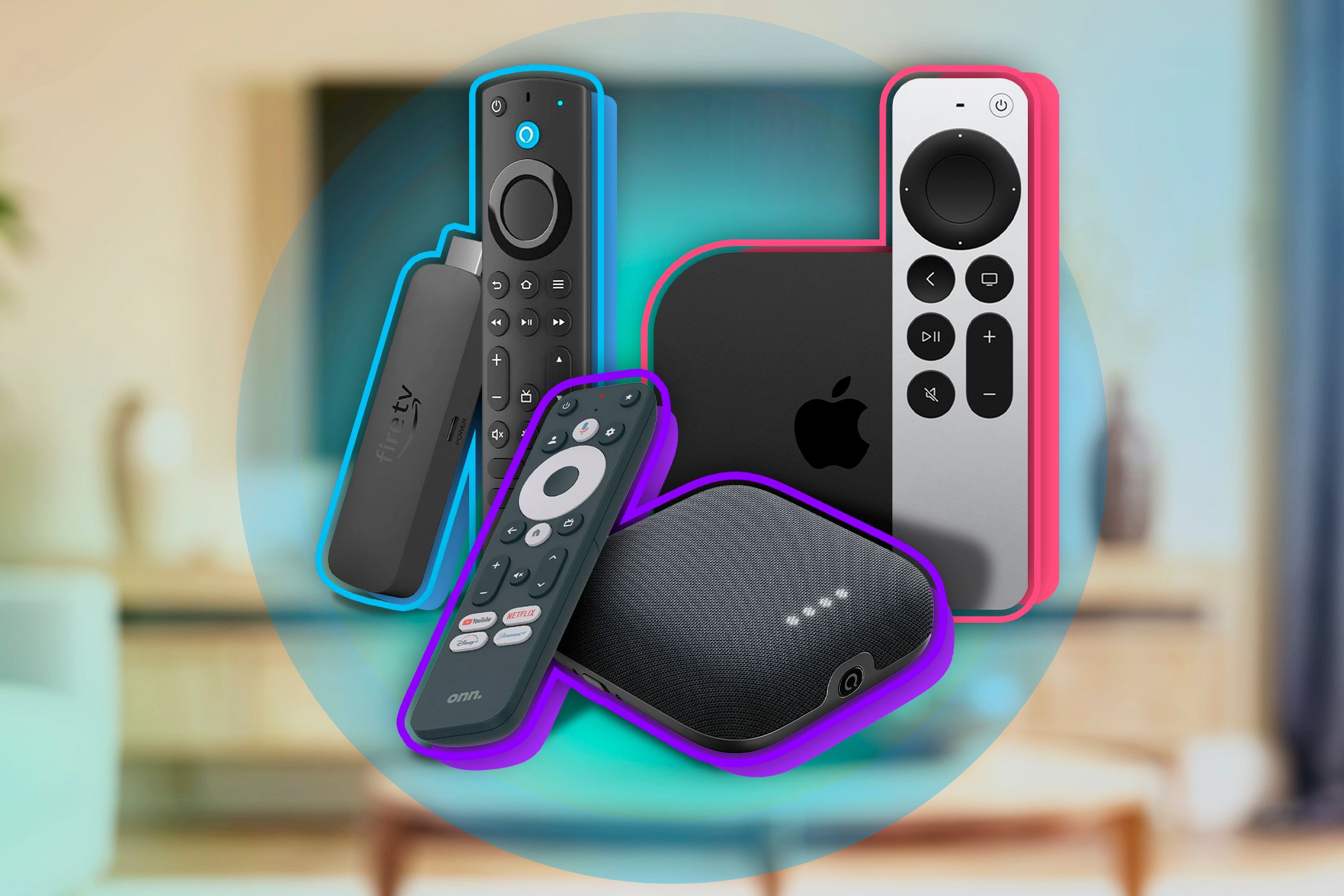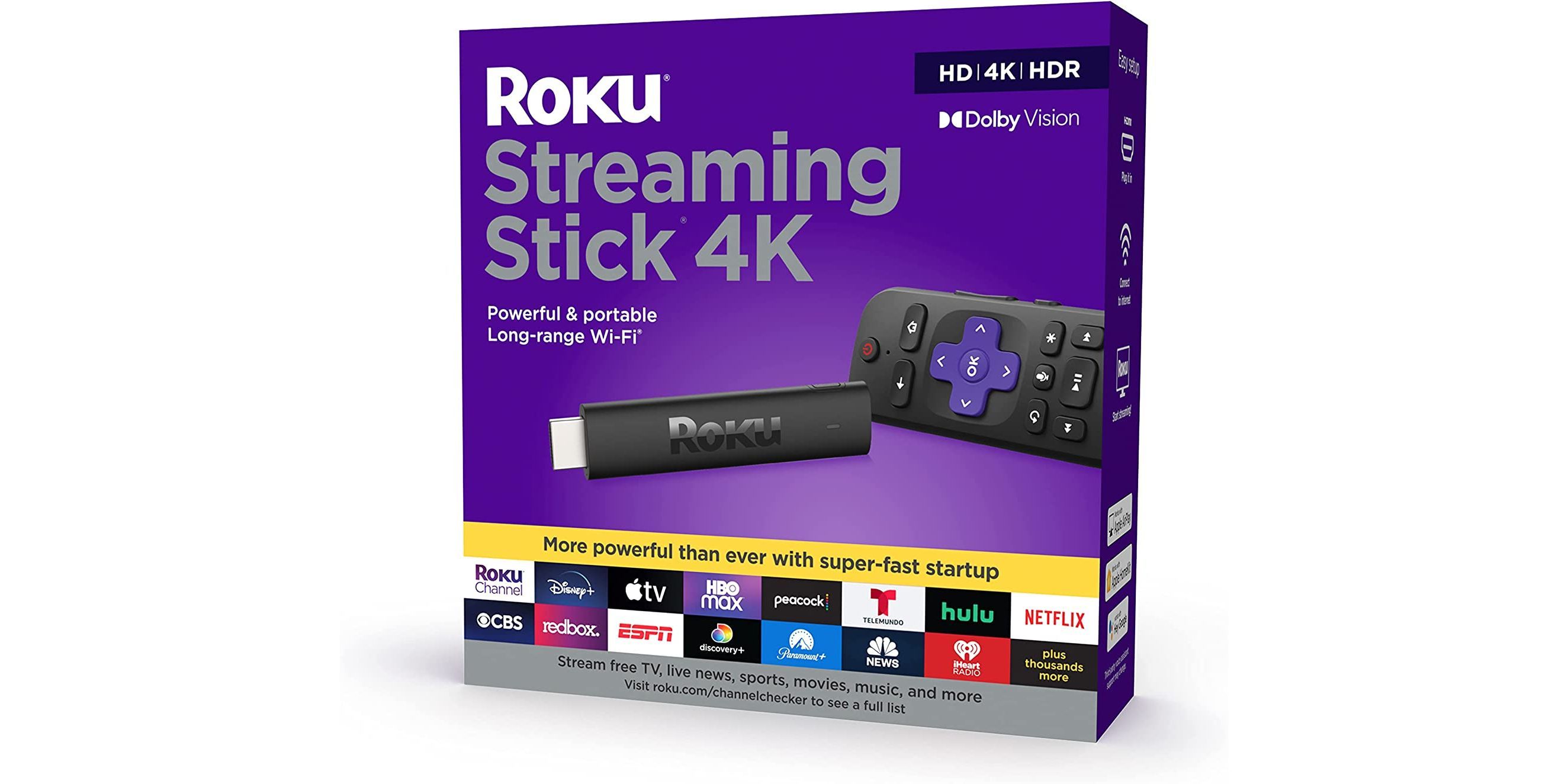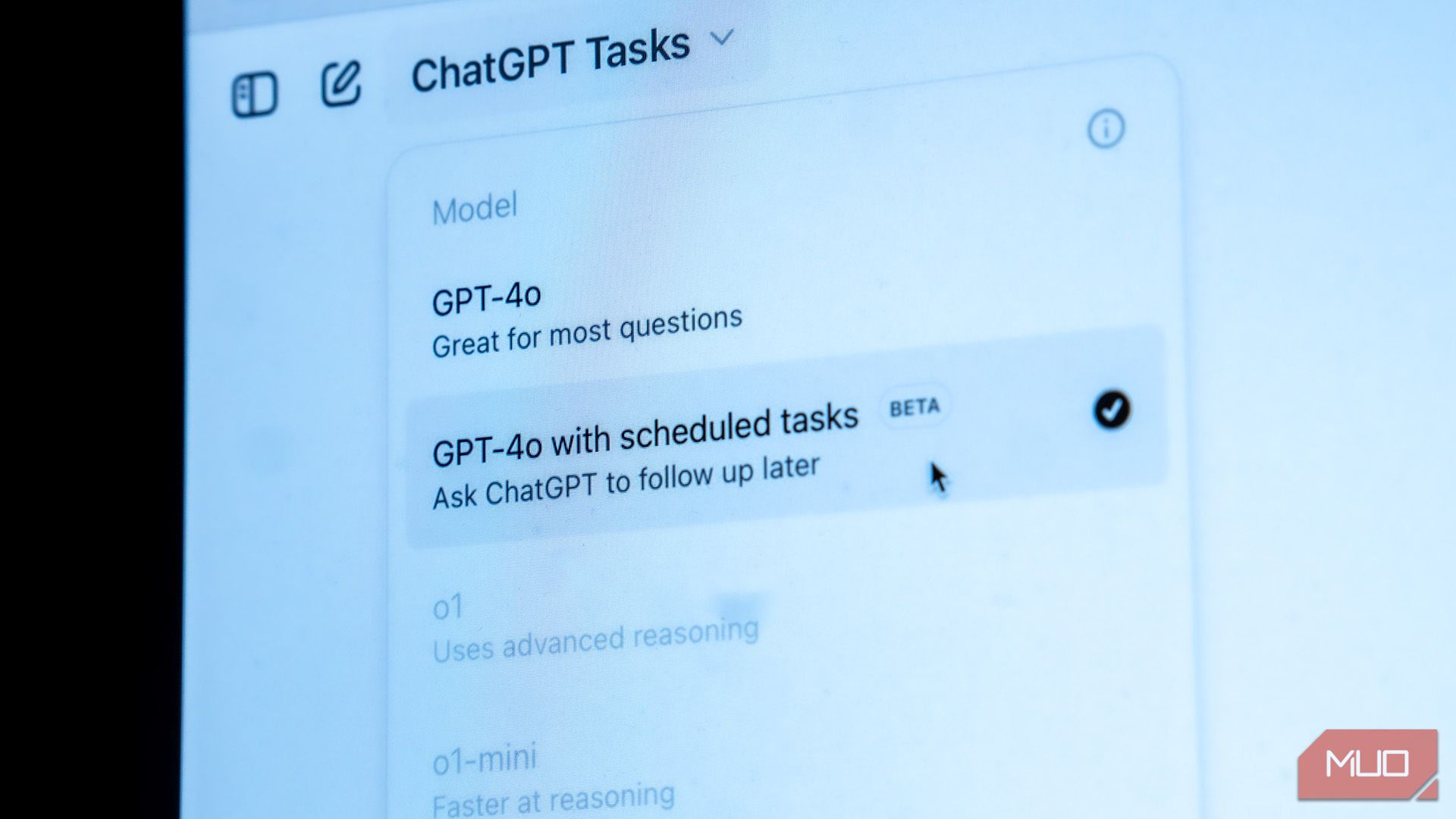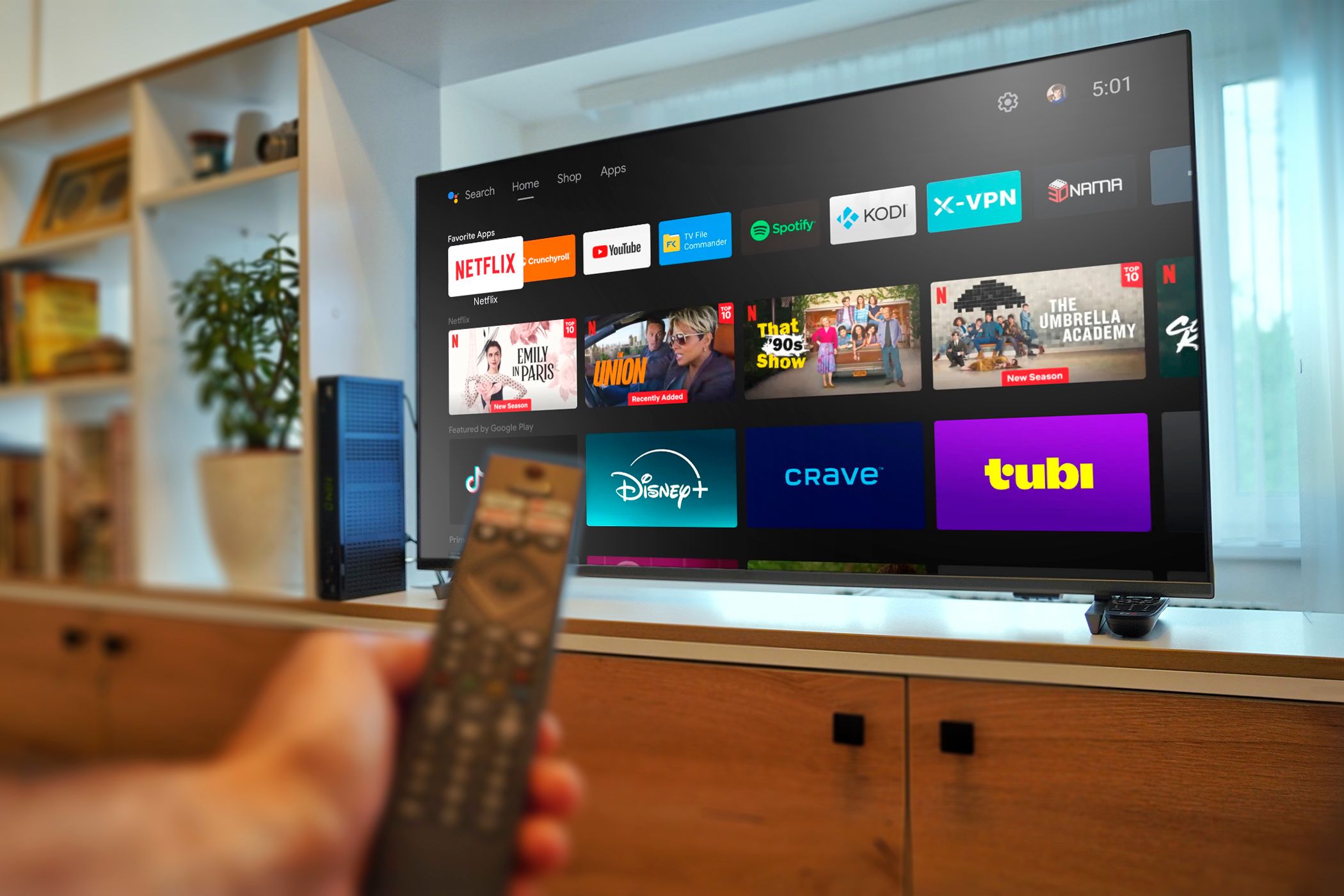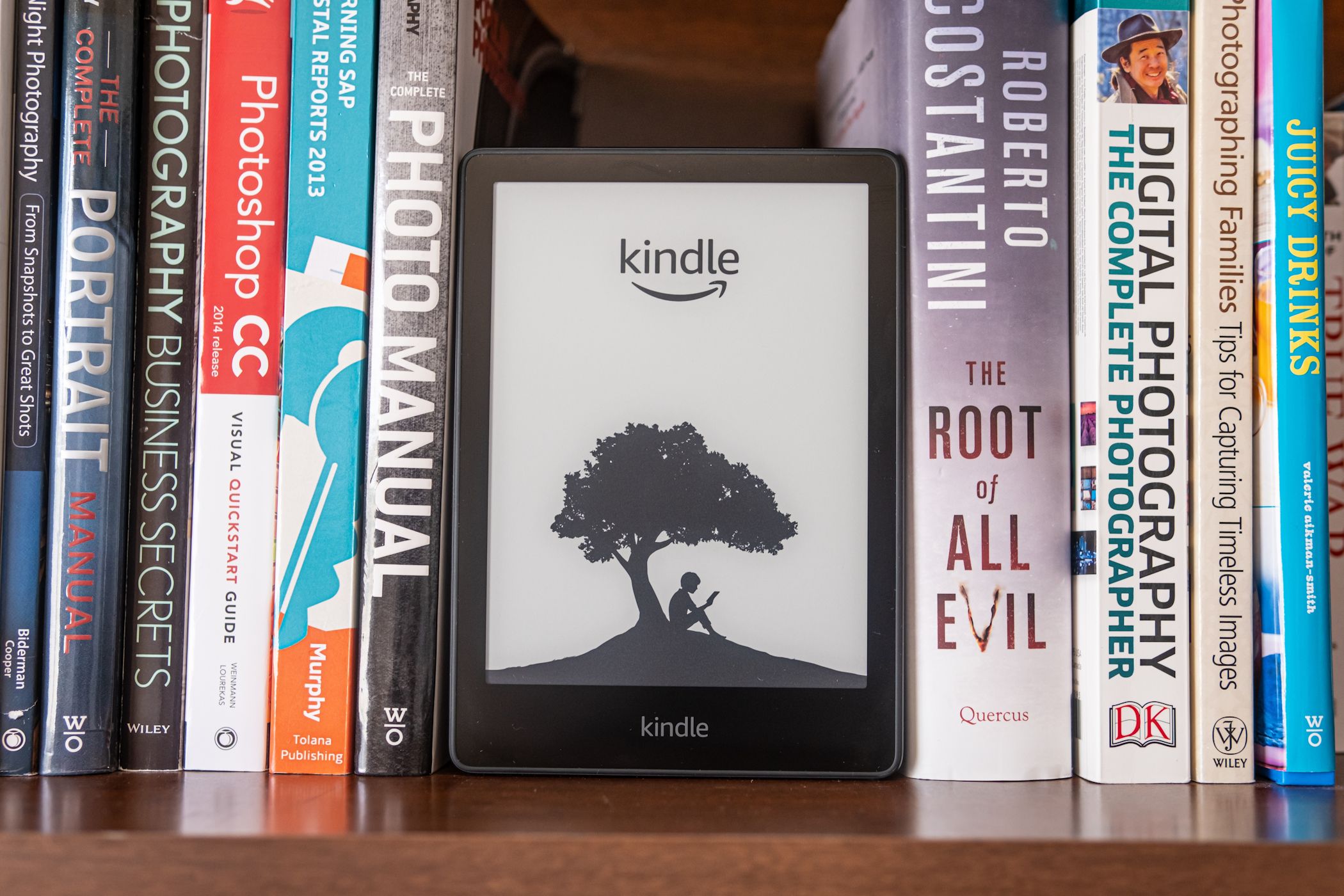I’ve owned a lot of different streaming devices over the years, some good, some bad. During that time, I’ve honed in on five key features that I always check before buying, and it’s saved me time, effort, and money.
1
Comprehensive Streaming Service Coverage
The first thing I check is whether the device supports all the streaming services I regularly use. After all, there’s no point in getting a fancy streaming device if it can’t play your favorite shows or movies. Platforms like Netflix, Disney+, and Amazon Prime Video are staples but don’t overlook niche streaming services like Crunchyroll or regional apps that might be important to you.
The easiest way to verify this is by visiting the manufacturer’s website or the streaming device’s app store. Most brands list compatible apps. If you’re unsure, check online forums or reviews where users often share their experiences with app availability.
Beware of devices that only support certain ecosystems. For instance, some budget-friendly options may lock you into a limited app selection. While the initial price might look appealing, the frustration of missing key services isn’t worth it in the long run.
2
VPN Compatibility
VPN compatibility is a must-have feature for privacy-conscious users or those who enjoy accessing region-locked content on Netflix or other streaming services. A good streaming device should allow you to install a VPN app directly or support VPN use through your router. This ensures you can stream securely and expand your viewing options without restrictions.
To confirm VPN compatibility, check the device’s specifications on the official website or consult the user manual. Look for support for popular VPN services like ExpressVPN or NordVPN. Alternatively, search for user reviews—people often highlight whether setting up a VPN on a specific device is seamless or an uphill battle.
Some streaming devices, particularly cheaper or older models, may not support VPNs. In this case, you’ll need to configure the VPN through your router or consider a more flexible device. Having this feature natively built in saves a lot of hassle.
3
Resolution and Picture Quality
One of the most important features to check is the streaming device’s resolution capabilities. Whether you’re a fan of 4K visuals or just need something reliable for an HD screen, your device should match or exceed your TV’s resolution. Look for support for advanced technologies like HDR (High Dynamic Range) and Dolby Vision, which enhance colors and contrast for a more immersive viewing experience.
Checking for this is straightforward: most manufacturers prominently advertise resolution specs like “4K UHD” or “1080p” on the product box or their website. Reviews and unboxing videos are also great resources to confirm whether the device delivers on its promise.
Don’t forget to consider your internet speed. A device that supports 4K streaming won’t matter if your connection can’t handle it. Many streaming platforms recommend at least 25 Mbps for smooth 4K playback.
4
Software Update Potential
A streaming device is only as good as its software support. Regular updates not only keep your device running smoothly but also ensure compatibility with new apps, improved features, and security patches. Without ongoing updates, even the most advanced device can quickly feel outdated.
Before buying, check the manufacturer’s track record for software updates. Do they consistently update older models, or do they prioritize new releases? This information is often available on forums, tech review sites, or the device’s official support page.
Devices from established brands like Roku, Apple, or Amazon usually excel here, as they’re committed to long-term support. Lesser-known or budget options may cut corners, leaving you stuck with outdated firmware and limited functionality sooner than expected.
5
Heat Management
Heat might not be the first thing you consider when choosing a streaming device, but it’s crucial for longevity and performance. Poor heat management can lead to throttling, crashes, or even permanent damage over time. Compact devices are especially prone to overheating if they lack proper ventilation or efficient cooling mechanisms.
Finding out which devices usually have heating issues is as simple as Googling “heating [streaming device name].” You’ll find user reviews and forum posts about overheating issues. Pay attention to device design, too—models with vents or external cooling features are often better equipped to handle long streaming sessions. Investing in a well-designed device upfront can save you frustration and costly replacements later.
